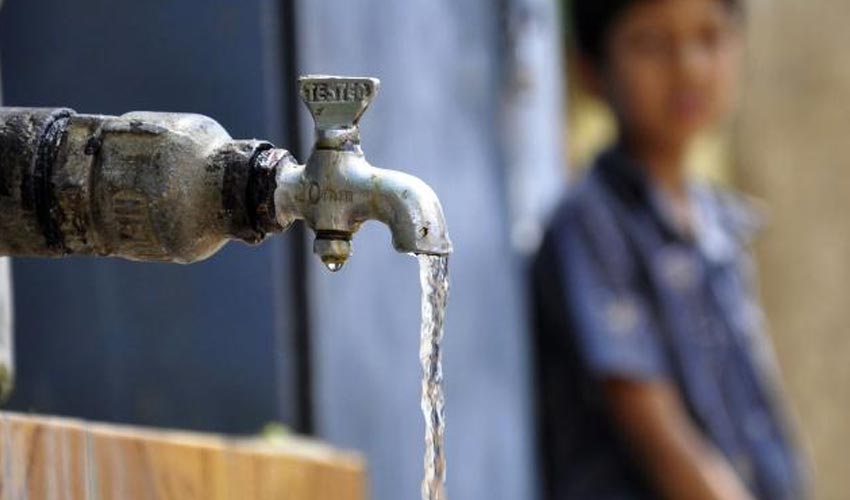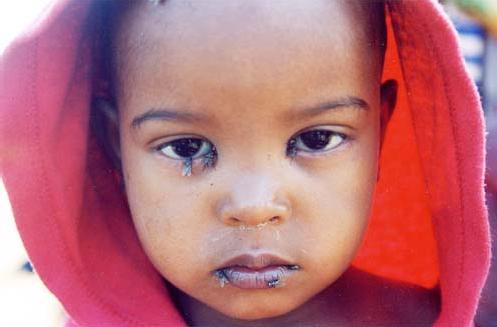Water is one of the essential elements needed for the survival of every living being. When it gets contaminated from polluted sources or components, many problems and illnesses occur. This water contamination and pollution can cause several water-borne diseases and other water-related illnesses.
**According to WHO (World Health Organization), nearly 3.6% of the total DALY (disability-adjusted life year) global burden of the disease and 1.5 million human deaths are caused every year due to waterborne diseases. Furthermore, it estimates that 58% of that burden or 842,000 deaths annually is the result of a lack of safe drinking water supply, sanitation, and hygiene (WASH).
The cleanest of lakes, rivers and streams can comprise chemical pollutants. The presence of mercury, lead and other heavy metals in the water can lead to serious organ damage. While certain chemicals have an impact on the development of organs and tissues and can even cause serious birth defects, some chemicals are carcinogenic (cancer-causing) and can affect normal cells.
In underdeveloped and developing countries, some water bodies may even contain human and animal wastes. The bacteria present in the wastes can result in vomiting, cramps, high fever and other conditions.
Waterborne diseases are caused due to pathogenic microorganisms that are transmitted through water. It can be spread during washing, drinking water, bathing, or eating food exposed to infected water.
Here’s an A to Z list of the water-related diseases caused due to water contamination and pollution.
1. Amoebiasis
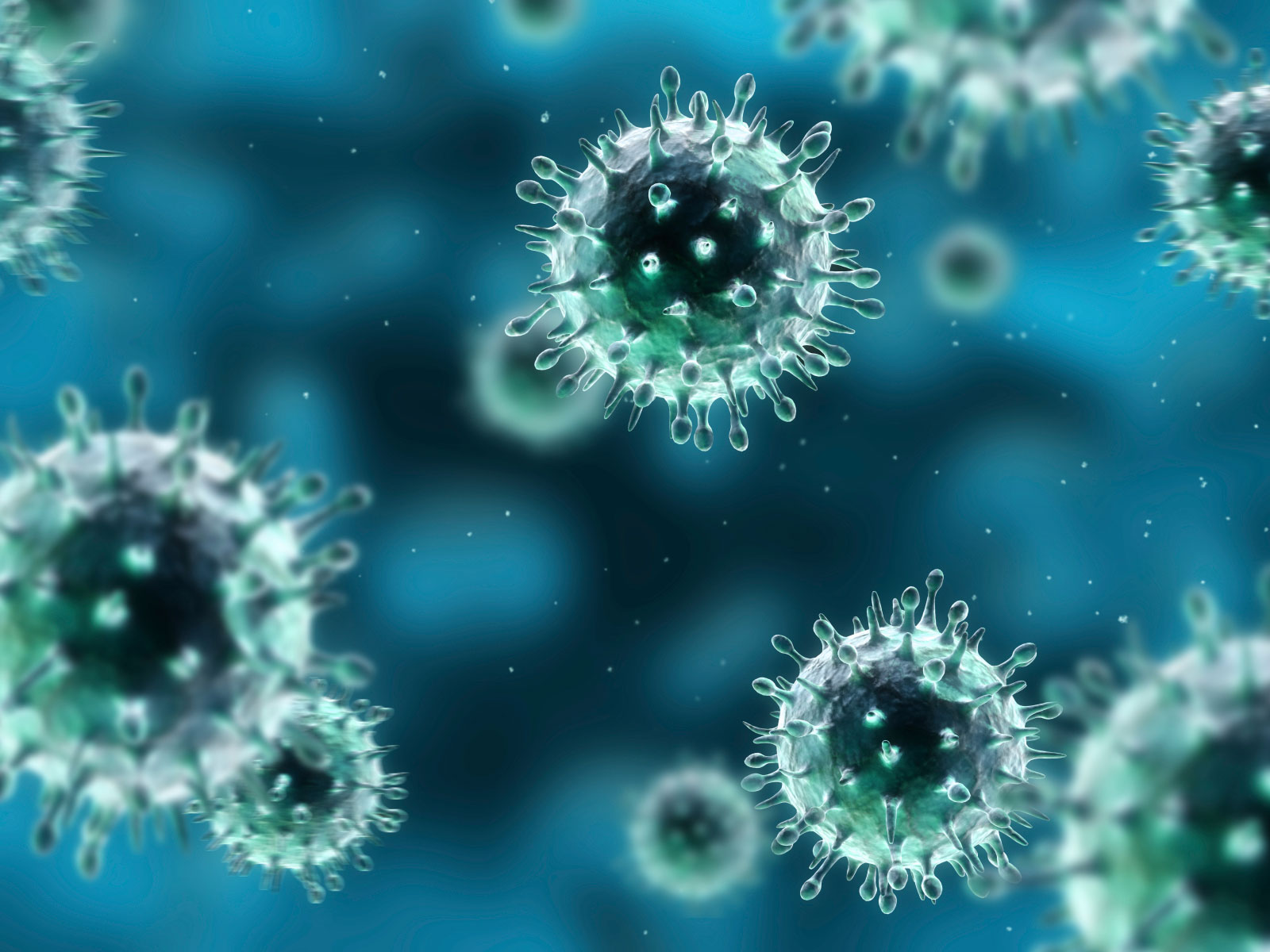
Amoebiasis or amoebic dysentery is a disease caused due to protozoan infection by any of the amoebas of the Entamoeba group and is most common during Entamoeba histolytica. Non-treated drinking water, sewage, saliva transfer (if the other person is affected by the disease) and flies in the water supply. Diarrhea, weight loss, abdominal discomfort, fever and bloating are some of its common symptoms.
2. Arsenicosis
Arsenicosis is a condition in which long-term exposure to arsenic (toxic substance released in wastewater by industrial units near water sources) occurs through drinking water. The symptoms include skin lesions (keratosis), encephalopathy, vomiting and watery diarrhea. And this can eventually lead to cancer and heart disease.
3. Botulism
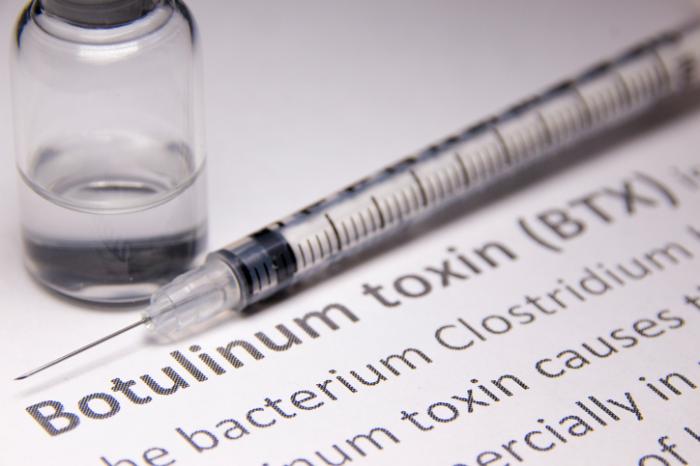
Botulism is an illness caused due to toxin produced by the bacterium Clostridium Botulinum. This bacteria can penetrate an open wound from contaminated water sources and enter the gastrointestinal tract through the consumption of contaminated food and water. The symptoms include fatigue, dry mouth, difficulty breathing, vomiting, and others.
4. Campylobacteriosis

Campylobacteriosis is a bacterial infection caused most commonly due to Campylobacter jejuni. It is mostly caused by drinking water contaminated with feces. The symptoms include high fever and cramps and they mostly last 2-10 days.
5. Cholera
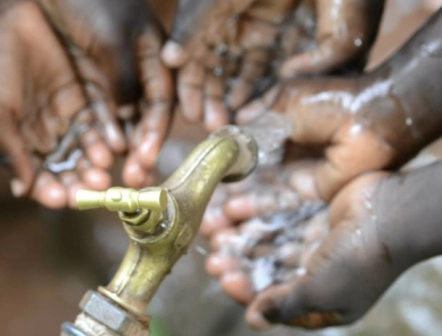
Cholera is a very common bacterial infection spread by water contaminated by the bacterium Vibrio cholerae. The symptoms comprise nausea, vomiting, watery diarrhea, and muscle cramps. When it becomes severe, hypovolemic shock can occur and it can even turn fatal within 12-18 hours.
6. Cryptosporidiosis
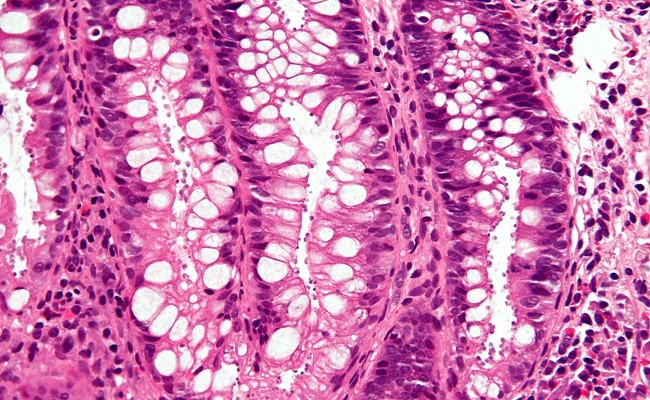
Cryptosporidiosis or crypto is a parasitic disease caused by a protozoan named Cryptosporidium parvum. It usually gets accumulated on animal manure, seasonal runoff of water and on water filters and membranes that can’t be disinfected. The symptoms include appetite and weight loss, bloating, nausea, and watery diarrhea.
7. Cyclosporiasis
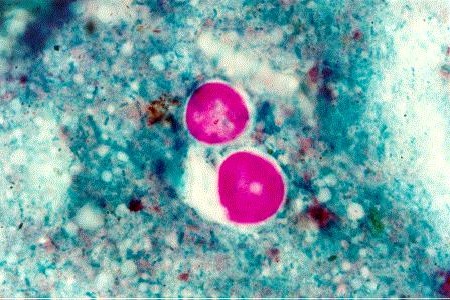
Cyclosporiasis is a disease caused due to protozoan parasite Cyclospora cayetanensis and is transmitted through feces or feces-contaminated food and water and sewage. The symptoms are cramps, fever, nausea, vomiting, muscle pain, and fatigue.
8. Dengue fever
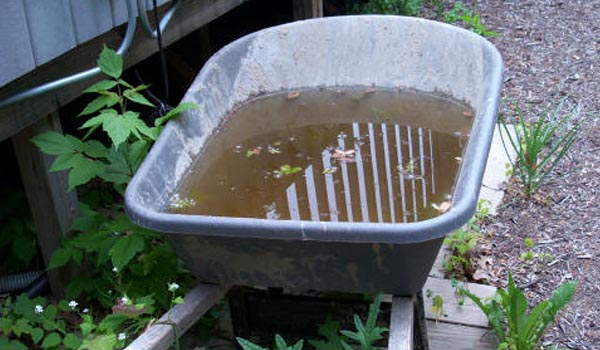
Dengue fever is transmitted by Aedes aegypti which lays its eggs in artificial water bodies. So it’s important to prevent yourself from standing water and not drink water from these water sources.
9. Desmodesmus infection

Desmodesmus infection is an algal infection caused by desmodesmus armatus. It naturally occurs in the water and can enter open wounds.
10. Diarrhea

Diarrhea is one of the most common conditions which is caused by water pollution. Most often, it is caused by waterborne viruses. But the bacteria and parasites from water contaminated with feces is also a common cause. Loose, watery stools are a result of the condition and this eventually causes dehydration and even death.
11. Dracunculiasis

Dracunculiasis, also known as Guinea worm disease (GWD), is an illness when the infection due to Guinea worm occurs in a person. The person gets infected after drinking water containing water fleas infected with guinea worm larvae.
At the initial stage, no symptoms are seen. About a year later, the female worm causes the formation of a painful blister in the skin, usually on a lower limb. The other symptoms may include vomiting and dizziness. The worm then comes out from the skin in a few weeks. In this time duration, it may become difficult to walk or work. It rarely causes death.
12. Dysentery
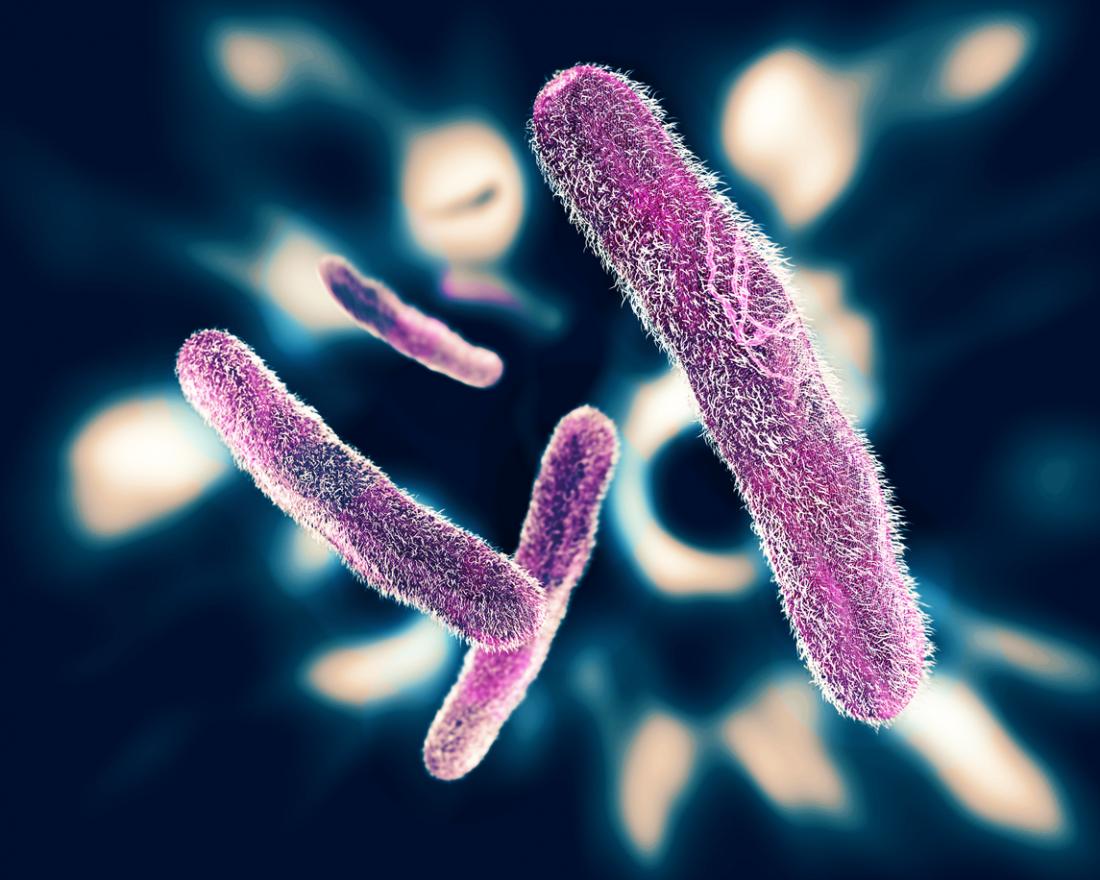
Dysentery is a type of gastroenteritis that leads to diarrhea with blood. The other symptoms may comprise abdominal pain, fever, and feeling of incomplete defecation (rectal tenesmus).
This condition may be caused by many infection types like a virus, bacteria (bacillary dysentery), parasitic worms or protozoa. It is an inflammatory disorder of the intestine especially the colon.
13. E. Coli Infection

The water contaminated by some strains of Escherichia coli (E. coli) bacteria can cause E. coli infection. The most common symptom is diarrhea. It can even lead to death in immunocompromised individuals, the very young and the elderly because of dehydration due to prolonged illness.
14. Fluorosis
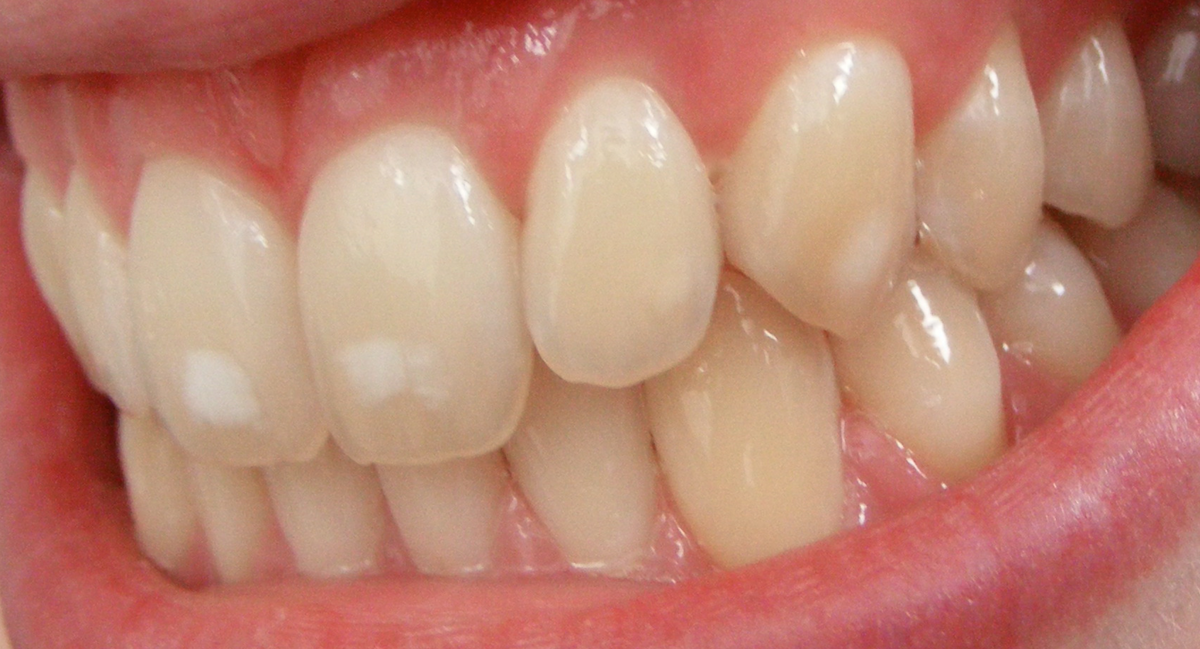
Fluorosis may be caused due by taking fluoridated drinking water or excess fluorine compounds. This chronic condition may lead to mottling of teeth and calcification of the ligaments in severe cases.
15. Giardiasis
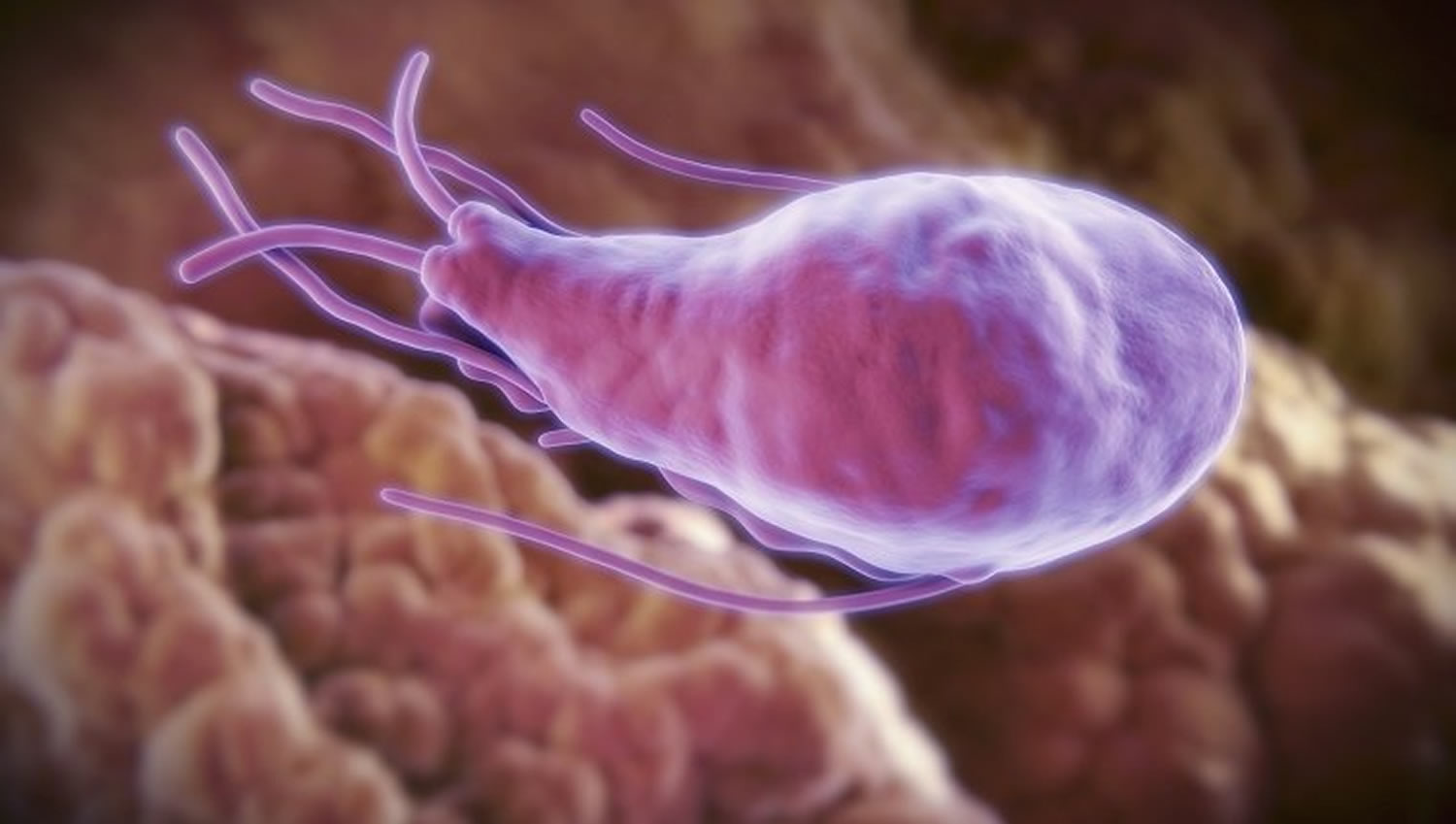
Giardiasis, commonly known as beaver fever, is a parasitic disease caused by a protozoan named Giardia lamblia, the most common intestinal parasite. It may be spread through poor disinfection, groundwater contamination, untreated water, pipe breaks or leaks, or campgrounds where the humans and wildlife use the same water sources. Some of its symptoms include bloating, diarrhea, abdominal discomfort, and flatulence.
16. Hepatitis A

Hepatitis A is a disease of the liver caused by the Hepatitis A virus (HAV) that can be present in the contaminated food and water. The symptoms are acute (never reach chronic stage) including fever, fatigue, nausea, abdominal pain, diarrhea, jaundice, weight loss, itching and depression.
17. Irritable Bowel Syndrome

Irritable bowel syndrome (IBS) is a functional disorder that can be caused by inflammation of the stomach lining or consuming chemically polluted water. Its common symptoms include abdominal pain, bloating, constipation, indigestion and diarrhea.
18. Lead poisoning
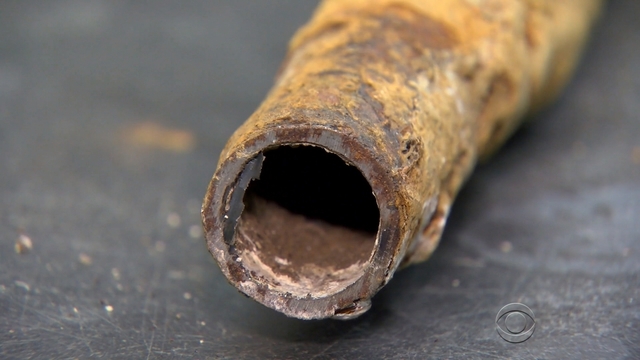
Lead poisoning is the result of consuming lead-contaminated water (lead comes from old groundwater pipes and surface water pollution). It is especially detrimental for children. The affected individual may show signs and symptoms such as constipation, headache, organ damage, abdominal pain and infertility. Its complications can be anemia problems, coma and seizures.
19. Legionellosis
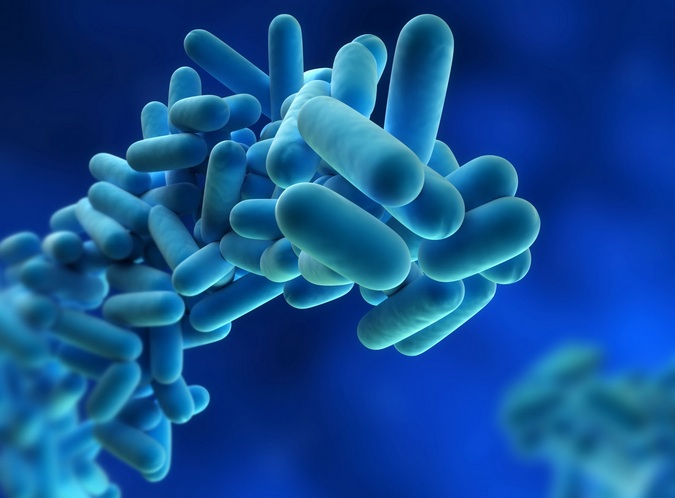
Legionellosis is a form of atypical pneumonia that has two different forms namely Pontiac fever and Legionnaires’ disease. Any bacteria belonging to the genus Legionella (mostly Legionella pneumophila) causes this condition. Legionella is a very common bacterium that multiplies in warm water and causes severe disease only when aerosolized.
While the symptoms of Pontiac fever are mild similar to that of acute influenza without pneumonia, the symptoms of Legionnaires' disease are severe including fever, cough, pneumonia, ataxia, headache, anorexia, muscle pain, shortness of breath and sometimes diarrhea, nausea and vomiting.
20. Leptospirosis
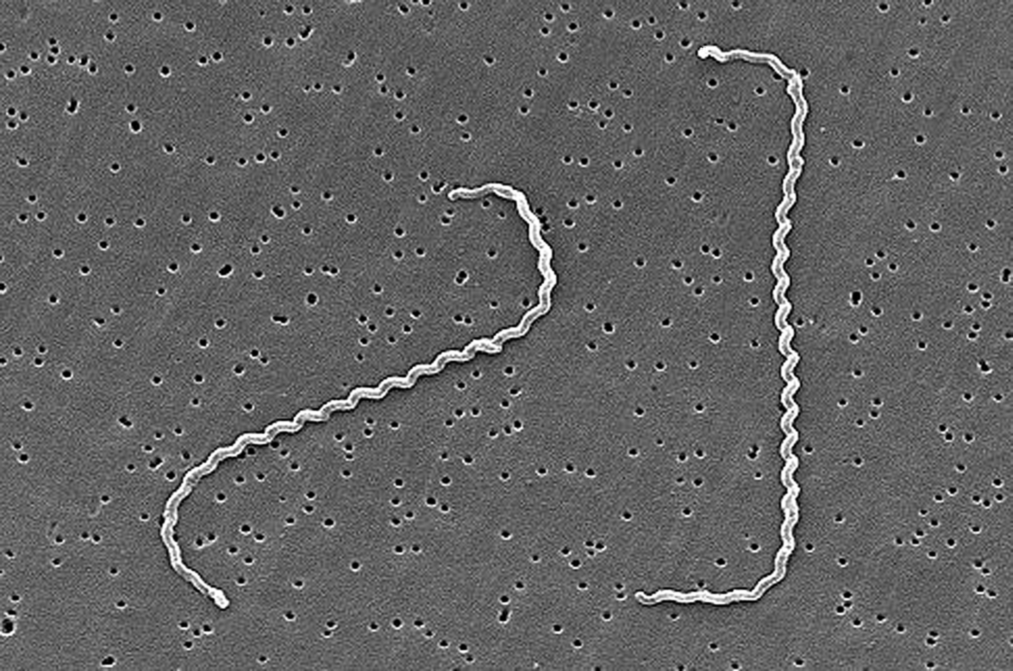
Leptospirosis is a bacterial infection caused by the bacterium of the genus Leptospira. The water or soil contaminated by the animal urine carrying the bacteria causes this disease. It starts with flu-like symptoms and then gets subsides. In the second phase of the condition, kidney failure, meningitis, liver damage, bleeding lungs, and renal failure occur.
21. Malaria
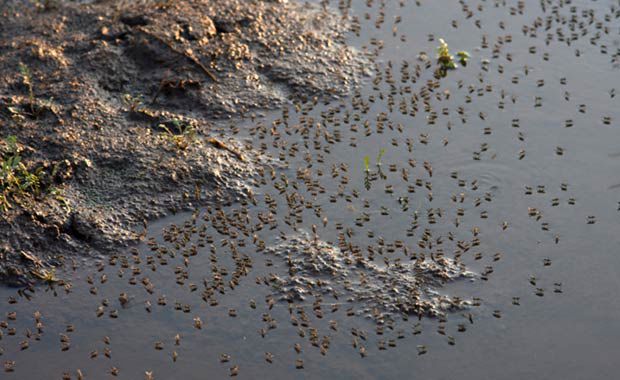
Malaria is an infectious disease that can be caused by contaminated water where the protozoan parasite carrying female Anopheles mosquito larvae breeds. Vomiting, fever and headache are some of its common symptoms. Coma, seizures, severe anemia and yellow skin are its complications.
22. Microsporidiosis

Microsporidiosis is an intestinal infection caused by the Protozoan phylum (Microsporidia) but it has a close association with fungi. Encephalitozoon intestinalis is known to be the source agent in groundwater (where drinking water originates). Diarrhea and wasting syndrome are the symptoms seen in immunocompromised individuals.
23. M. Marinum Infection (Mycobacterium Marinum Infection)
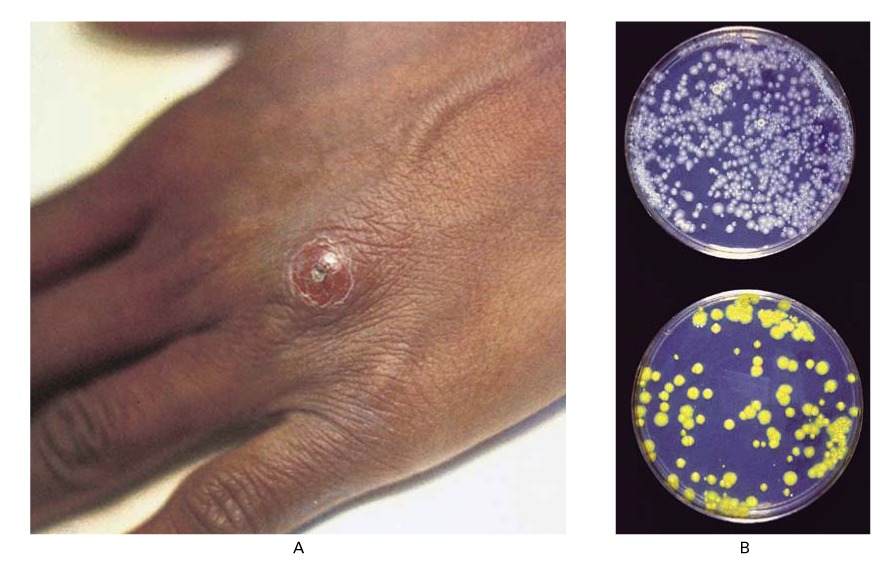
Mycobacterium marinum (M. marinum) infection is caused by the bacterium Mycobacterium marinum. This bacteria occurs naturally in the water and most of the cases are from exposure in swimming pools and aquariums. This rare infection usually spreads to immunocompromised individuals. The symptoms are lesions (painful or painless) typically located on the hands, elbows, knees, and feet.
24. Otitis Externa (Swimmer’s Ear)

Otitis Externa (Swimmer’s ear) is the condition in which the ear canal becomes inflamed. It may be caused by fungal or bacterial infection. It can be caused by swimming in the water contaminated by responsible pathogens, skin problems, using hearing aids, allergies, and autoimmune disorders. The common symptoms include decreased hearing and swelling and pain in the ear canal.
25. Pink Eye (Conjunctivitis)
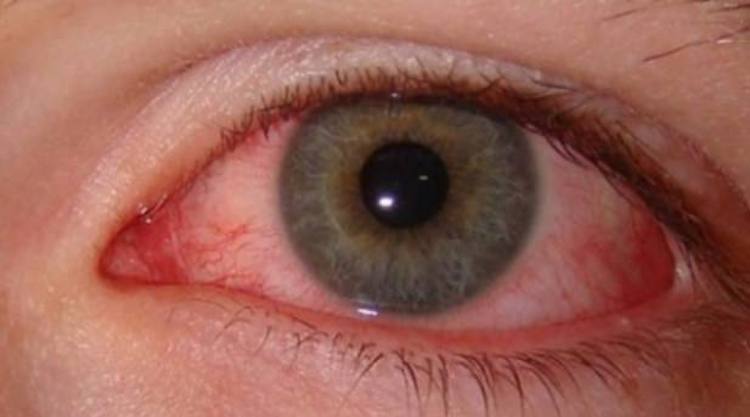
Pink eye or conjunctivitis can be caused by exposure to contaminated water (infected by bacteria or virus) or from person to person. Red and watery eyes, swelling of the conjunctiva are some of its common symptoms.
26. Poliomyelitis (Polio)

Poliomyelitis or Polio or infantile paralysis is a viral disease that spreads through poliovirus. This virus enters the water through the feces of infected individuals. While a majority (90-95%) of the patients don’t show any symptoms, very few (4-8%) have minor symptoms such as fever, delirium, occasional seizures, spastic paralysis and headache. And just about 1% of people have symptoms of nonparalytic aseptic meningitis. Others have serious symptoms that lead to paralysis or death.
27. Polyomavirus Infection
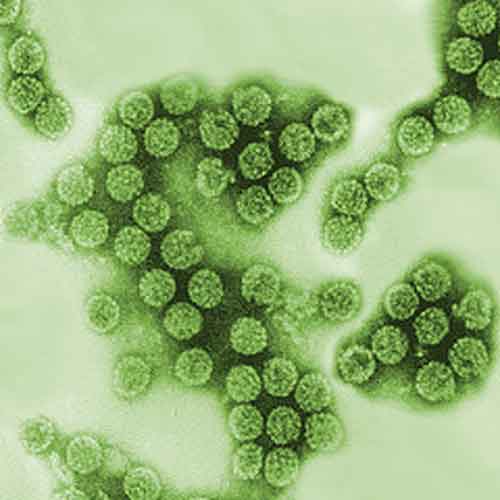
Polyomavirus infection may be caused due to two polyomavirus namely the JC virus and the BK virus. It is widespread and can manifest in the water. The majority of the population has antibodies to Polyomavirus.
The BK virus produces a mild respiratory infection and may cause infection in the kidneys of immunosuppressed transplant patients. And the JC virus causes infection in the respiratory system, kidneys or even progressive multifocal leukoencephalopathy in the brain (a life-threatening condition).
28. Salmonellosis
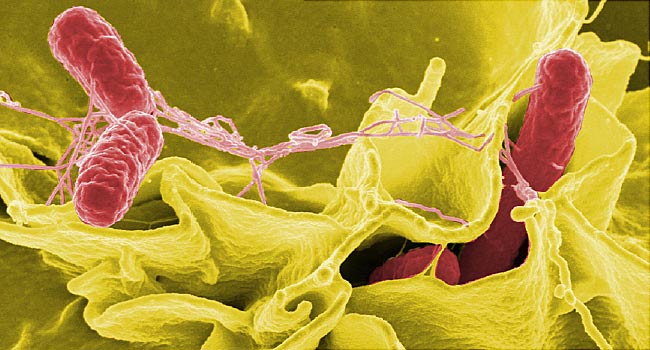
Salmonellosis is a symptomatic infection that is caused by bacteria of the genus Salmonella. It can spread by drinking water contaminated with this particular bacteria. It is more common as a food-borne illness. The common symptoms of the illness include vomiting, diarrhea, abdominal cramps, and fever.
29. SARS (Severe Acute Respiratory Syndrome)
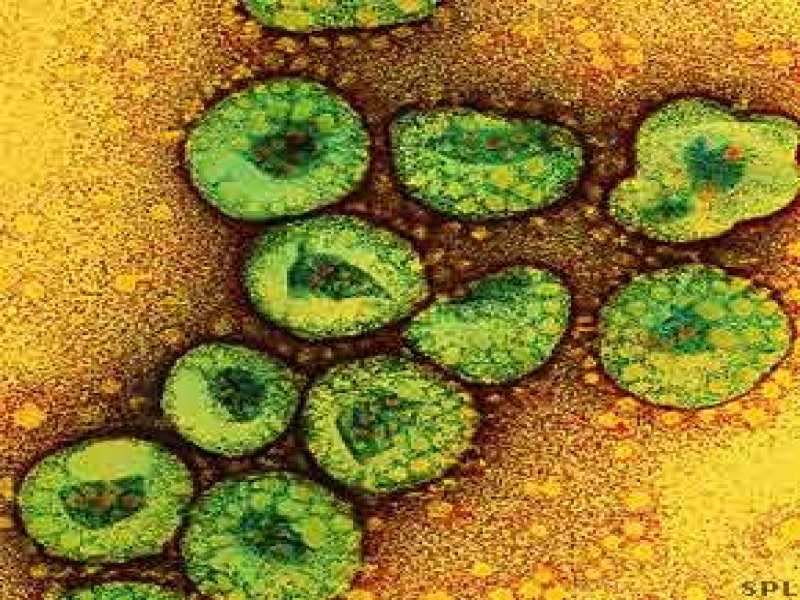
SARS (Severe Acute Respiratory Syndrome) is a viral respiratory disease caused by SARS Coronavirus (SARS-CoV). It develops itself in untreated water. It has symptoms such as myalgia, fever, lethargy, cough, sore throat and gastrointestinal symptoms.
30. Schistosomiasis

Schistosomiasis, also known as snail fever and bilharzia, is a disease caused by waterborne metazoan pathogens belonging to Schistosomatidae, a family of blood flukes. It is spread through freshwater contaminated with these parasitic flatworms called schistosomes.
The urinary tract or intestines may become affected by this disorder. The signs and symptoms are diarrhea, blood in urine or stool and abdominal pain. The people infected for a long time may have kidney failure, bladder cancer, liver damage, and infertility. It may cause poor growth and learning difficulty in the children.
31. Trachoma
Trachoma is an infectious disease caused by the bacterium Chlamydia trachomatis. A major risk factor behind its spreading is crowded living conditions where clean water and proper sanitation are not there. Eye pain and eventual blindness are its common symptoms.
32. Typhoid fever
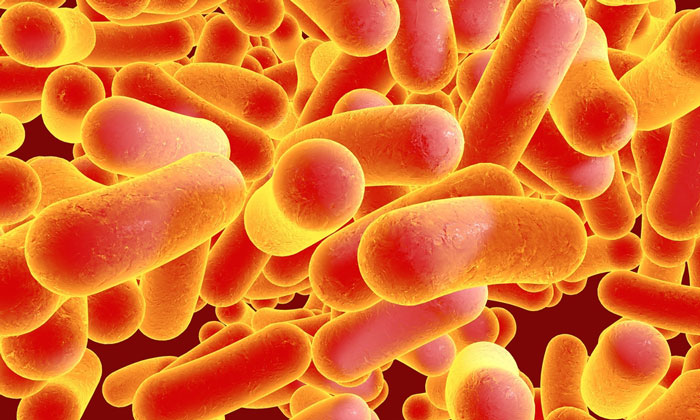
Typhoid fever is caused by drinking water or eating food contaminated with the feces of an infected person. The microbial agent responsible for the condition is Salmonella typhi bacteria. The common symptoms include rash, abdominal pain, high fever, profuse sweating and headache. If left untreated, the symptoms can aggravate and cause delirium and enlargement of the liver and spleen.
33. Ulcers

Ulcers may result from the chemical pollutants in the water which severely damages the stomach lining or bacteria present in water. The individual may have symptoms such as bloating, heartburn and nausea.
34. Vibrio Illness
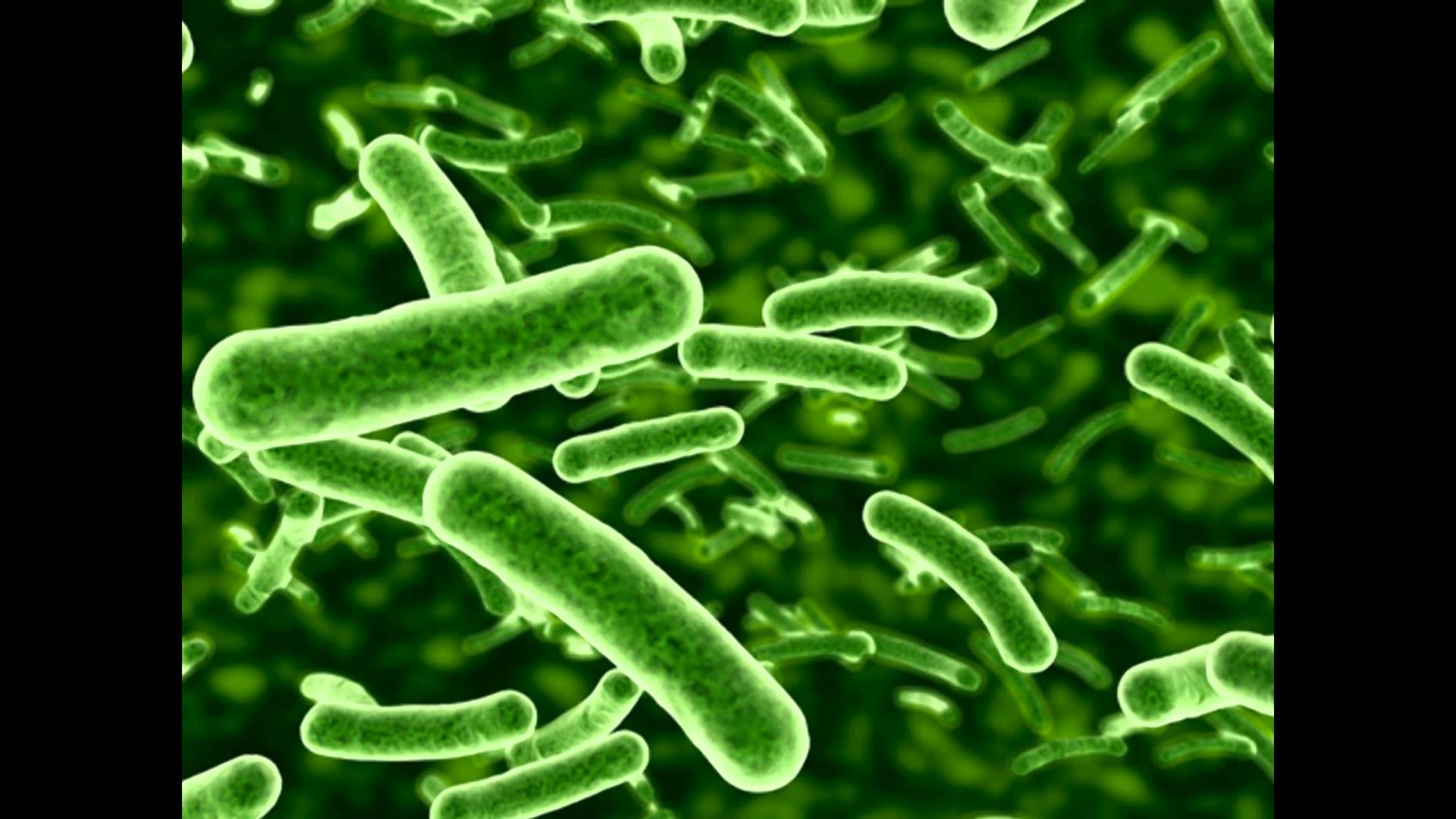
Vibrio illness could be caused by bacterial agents like Vibrio vulnificus, Vibrio alginolyticus and Vibrio parahaemolyticus. These can enter your wounds from contaminated water. They can also be picked up by drinking contaminated water. The common symptoms are confusion, abdominal tenderness, bloody stools, delirium, weakness and severe fatigue.
35. Zinc Poisoning
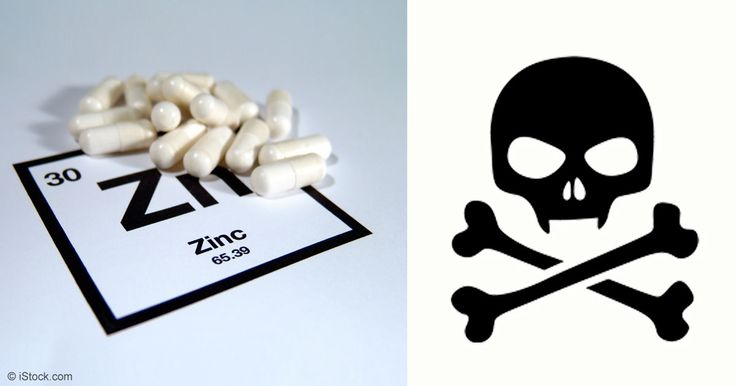
Zinc poisoning can occur through intake of drinking water which may have a high concentration of zinc due to corrosion of pipings or fittings. The symptoms may include nausea, abdominal cramps, diarrhea, vomiting, and fever.
